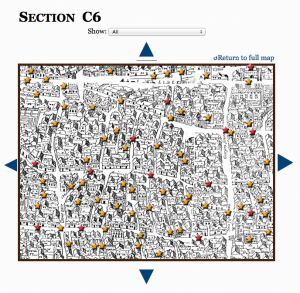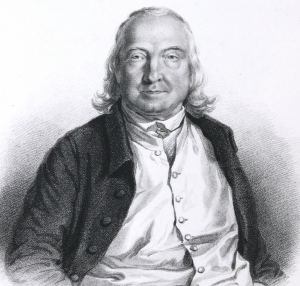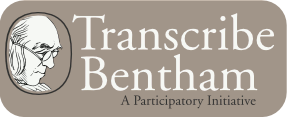It is after this assignment that I can truly appreciate just how far language has come over the years. For me, trying to decipher this diary page was like reading Chinese.
For starters, I am completely new to reading cursive for an extended document such as this one. Cursive was something I learned in fifth grade and then never thought about it again after the unit was over. I was forced to recollect which letters look completely different compared to their print form, while at the same time, figure out words that were popular back in the 1800s but not today.

Linn’s grammar and dialogue is very unlike what we use today, so it was very tough to piece together the meaning of particularly confusing sentences. I noticed that at times Linn’s writing would be very clear and legible, but then as the diary entry would carry on, his writing would get messier. This made me think of whether or not he would get tired of writing and become careless, or find himself in uncomfortable positions in which writing on paper was tough.

Overall, I believe that transcribing documents is a trade that one must repeat over and over to become a master. By seeing that style of handwriting constantly, one will become accustomed to it; therefore, making it easier to get through documents faster and with better accuracy.




